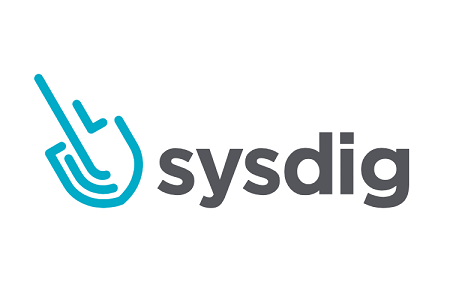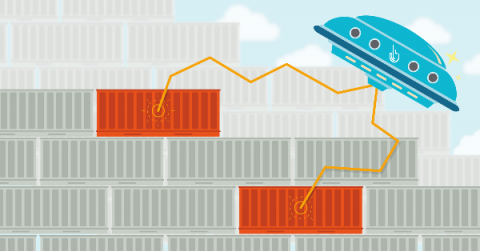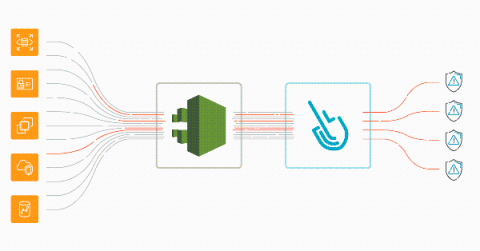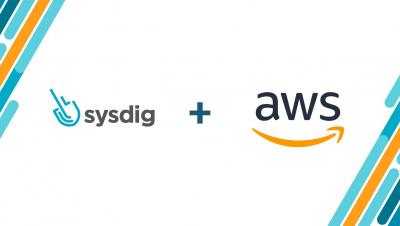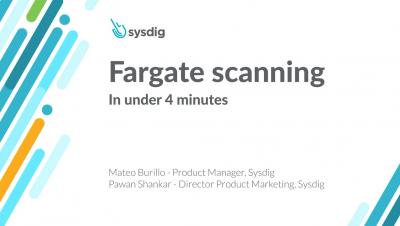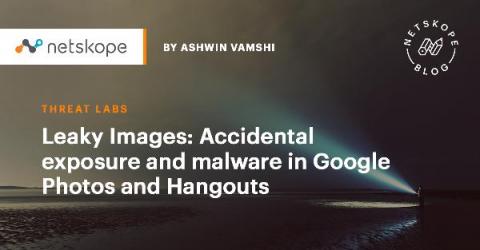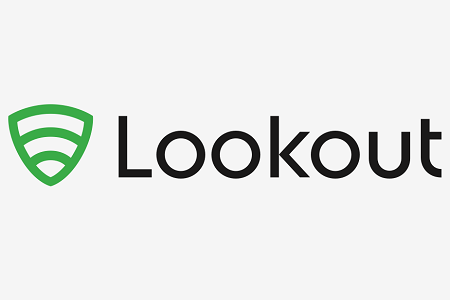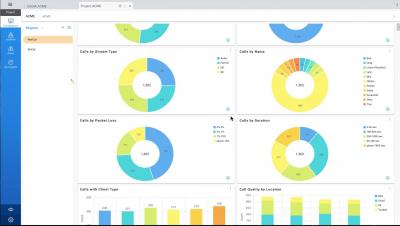Security | Threat Detection | Cyberattacks | DevSecOps | Compliance
%term
Zero Trust Architecture explained
With the increase in frequency, sophistication, and cost of cyberattacks, the global focus on cybersecurity is at an all-time high. However, the goalposts for those tasked with protecting businesses have shifted. Hackers have a growing number of ways they can compromise a business and are frequently looking to move laterally within an organization, using credentialed (and often elevated) access.
Managing and securing modern endpoints in hybrid work environments
Automate Fargate image scanning
Discover how to automate AWS Fargate image scanning directly in your AWS environment and block vulnerabilities from reaching production, among other threats. AWS Fargate and ECS allow you to deploy containerized workloads quickly. Fargate is even more convenient, as you don’t have to take care of the infrastructure.
AWS threat detection using CloudTrail and Sysdig Secure
Implementing AWS threat detection with Sysdig Secure takes just a few minutes. Discover how to improve the security of your cloud infrastructure using AWS CloudTrail and Sysdig Cloud Connector. With the rise of microservices and DevOps practices, a new level of dangerous actors threatens the cloud environment that governs all of your infrastructure. A malicious or inattentive cloud API request could have a sizable impact on availability, performance, and last but not least, billing.
Securing and Monitoring AWS Container Services
Fargate scanning in under 4 minutes
Leaky Images: Accidental Exposure and Malware in Google Photos and Hangouts
Did you know that the default link sharing option in Google Photos allows anyone with the link to view the files and all images shared in Google Hangouts that are publicly accessible? In this edition of our leaky app series, we will cover how image link sharing in Google Hangouts and Google Photos can lead to the accidental public exposure of sensitive data. We will also look at the threat detection capabilities of Google Photos and Google Hangouts.
Shadow IT shaken with a mobile twist
If you bring up the topic of “shadow IT” to your head of IT, you will likely get a lecture about how employees need to follow protocol when using cloud cloud services so they don’t put the organization at risk. They’re not wrong. Without proper protection, unsanctioned tools can have significant consequences and unintentionally introduce security gaps.


